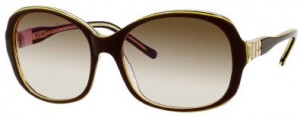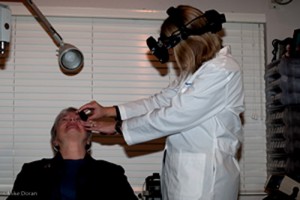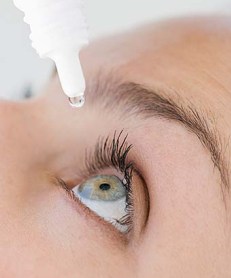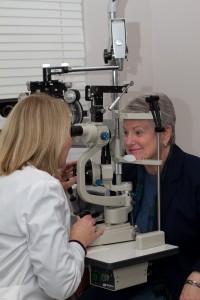
Why spend more than $10 on sunglasses?
“Cheap sunglasses” are made with “cheap” materials. The poor quality lenses lack ultraviolet (uv) protection and create visual distortion. A pair of sunglasses should be safe, comfortable and provide clear vision. Features to look for in a pair of sunglasses include the following:
- Impact Resistance
A lightweight tough lens is ideal for sports and long hours of wear.
- Photochromic Options
Variable light conditions require different density of color. A photochromic lens adjusts color depending on the light condition. A lighter tint is required at dawn, dusk or overcast conditions while a dark colored lens is most comfortable midday and under bright condition.
- Special Tints
Color selection can enhance the visual experience and comfort. A solid tint has the same color intensity throughout the lens. A gradient tint is lighter at the bottom of the lens. This is useful if you are reading with the sunglasses.
- Polarization
This is a premium sunglass product that eliminates unwanted glare. Polarized lenses are especially appreciated on the water, snow, sand and pavement.
- Lens Treatment
A backside anti-reflective coating eliminates surface reflections and provides clearer vision
- Frame Styling
A wrapped frame will increase protection from the sun. Newer lens designs allow many prescriptions to be made for the wrap frame style.




